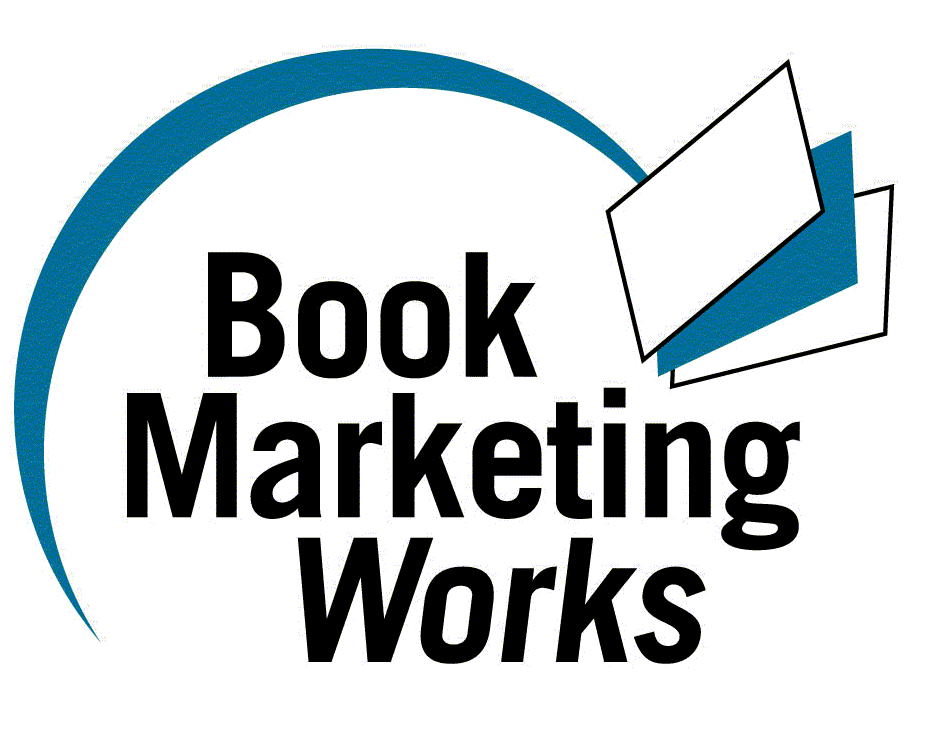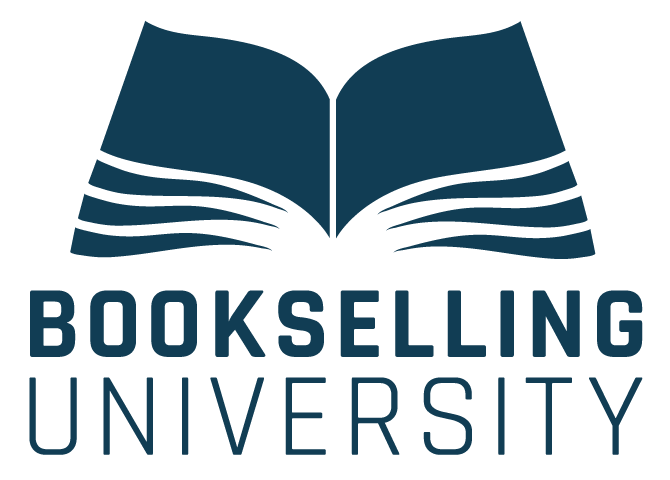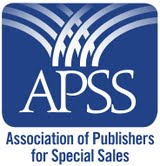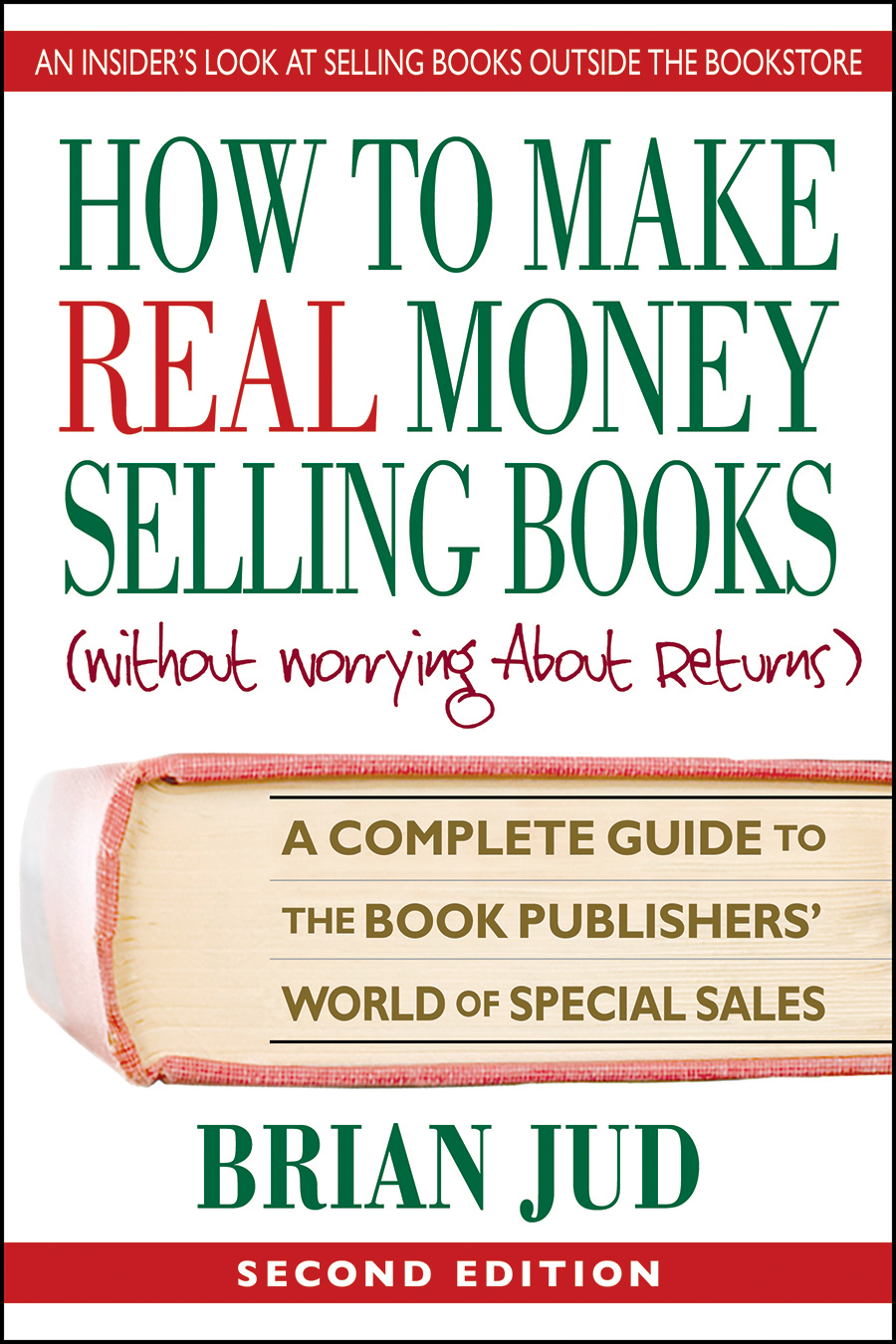|
Stop and Pick the Roses By Brian Jud Publishing books is like tending a garden. Once you plant the seeds, you nurture them and revel in their growth. But if the plants are not properly treated, they wither and die. Similarly, if your marketing activities do not support and sustain continuous growth for your titles, they too will languish. Of course, you will not consciously permit a title to falter. Yet it can happen unintentionally if you become complacent with business as usual and allow routine activities to become habitual. You may become so busy performing your routine duties that you neglect the atypical tasks necessary for continuous growth. When this occurs you are at point B on the Success Continuum shown below. All companies are somewhere between points A and C on this line. Point A is the place at which a business fails, and B is the position of status quo--where net income is sufficient to cover expenses with some amount left over for profits. Point C is where your business is thriving and growing profitably at a fast pace. 
The space between points A and B is the Area of Concern. Most publishers spend their time somewhere in this half, actively working to move closer to B or further from A. The closer they get to point B the more satisfied they become with the status quo, habitually conducting business as usual. In this case, point B becomes the end result in their quest to maintain their publishing business. On the other hand, the area between points B and C is the Area of Opportunity. Most of us should spend our time here, actively working to move closer to C or further from B. With this perspective, point B is the starting line of your actions to develop your company's potential. It is in this area that you are likely to recognize a manuscript that could become the next Harry Potter or Chicken Soup for the Soul series. All motion is not forward, all change is not positive A successful journey to point C begins by writing a business plan. It serves as your roadmap, detailing your course from where you are to where you want to go. However, your plan is only the beginning and it is a waste of time if it is simply filed away for months and then dusted off to serve as the basis for next year's plan. A business plan should be used, not simply created, setting positive, forward action into motion. It is not an end result but the starting block for your race to Point C. The key to moving ahead constructively is not just in planning but also in implementing your plan effectively, strategically, productively, intelligently and creatively. Work your plan. Do the activities you planned, and do them enthusiastically. Act effectively Success occurs when you become effective (doing the right things) rather than efficient (doing things right). You can become very busy doing the wrong things right, leading you toward point A. Remember, action is not the same as accomplishment. Like the revving engine of a car stuck in traffic, you can be busy working without moving ahead. Stop worrying about time management and think in terms of time utilization. Proponents of time management would have you allocate two hours one day to make telephone calls to arrange media appearances. But with wrong numbers and voice mail, you could make fifty calls and never talk to one human being. On the other hand, a philosophy of time utilization would have you continue calling until you arranged the media appearances you sought. Here, the emphasis is on results rather than on the activity of making calls. So, instead of blocking off chunks of time to conduct certain tasks, make a list of what you want to accomplish in that same time period. Then perform the work that will accomplish your goals. Act strategically Marketing effectiveness means performing activities better than rivals perform them, while building a separate identity for your business. You can outperform rivals only to the extent you can establish a customer-oriented difference that you can preserve. You must deliver greater value to your customers or create comparable value at lower cost, or do both. The arithmetic of superior profitability then follows: delivering greater value allows you to charge higher average unit prices; greater effectiveness results in lower average unit costs. The essence of strategic positioning is in action (i.e., performing unique activities or performing similar tasks in different ways). This behavior emerges from three distinct theories that are not mutually exclusive and often overlap. The first is value-based positioning, which is founded on the choice of product or service rather than on customer segments. Firms publishing only math textbooks for colleges would illustrate this position as they demonstrate their excellence in one sub-segment of the academic market. The second option is need-based positioning which arises when you address the needs of a complete segment. A firm practicing this would serve most or all the requirements of a particular group of customers. For example, a firm publishing a complete line of textbooks for vocational schools meets these criteria. The third theory of creating a brand image is access-based (i.e., segmenting customers who may be categorized in different ways). Access is a function of your customers' geography or size, as demonstrated by a publisher of titles about bicycling trails in New England. Serving a small rather than a large geographic segment may be the best way to configure its marketing, order processing and after-sale service. Choosing one of these positioning bases is only the first step in establishing your brand identity. Addressing a singular difference of value, need or access is not sufficient to set you apart from your competitors. There could be several publishers providing textbooks to vocational schools or several publishers with a line of titles about New England's bike trails. The second step is to make your titles different from and better than your competitors' titles, from your customers' perspectives. If you have the only line of spiral-bound textbooks that lie flat on students' desks, and your customers want that feature, then you have the basis for need-based positioning. If your title about New England's bike trails is the only one available in every bike shop northeast of Philadelphia, then you have a distinct basis for access-based positioning. Competitive strategy is not only about carving out a niche. It is the creation of a unique and valuable position involving a set of activities that are different from your competitors and meet the needs of your market. A position emerging from any of the three sources-or any combination of them-requires a tailored set of activities on the supply side that makes a difference to the customers on the demand side of the marketing equation. Act productively The mantra of the publishing business is "What have you done for me lately?" Your customers expect more from you today than they did yesterday, and you must work diligently to meet their expectations and stay ahead of your competition. The difficulty lies in sustaining a state of equilibrium between creating a viable frontlist and marketing your complete line. Productivity is balanced, strategic and excellent growth-in other words, action and accomplishment. Balanced activity requiress being attentive to the progress of each title as it moves through its life cycle from Introduction to Abandonment (Exhibit 1). Each title in your product line may be in a different life-cycle stage, requiring simultaneous, dissimilar attention. You would submit a new frontlist title for reviews and then implement a heavy media blitz to create a strong foundation for its growth. A different title in its Growth stage could require new distribution channels to extend this profitable period. As another title matures and is backlisted, finding new markets can breathe life (and profits) into flat sales. 
Building and maintaining a balanced product line also requires that you create and market a series of products--new titles by your proven authors, new titles by different authors, new titles on different subjects, sequels, second editions or even new media (audio/video)--that your customers want. This strategy produces a fresh series of titles and topics to satisfy your customers' increasing expectations. The challenge is to capitalize on your experience and extend the growth stage and profitability of each title. By so doing, a title will become profitable faster and its overall revenue greater than for your previous releases. Exhibit 2 illustrates the results of these efforts--a series of titles, each moving through its life-cycle progression and contributing to your long-term revenue. 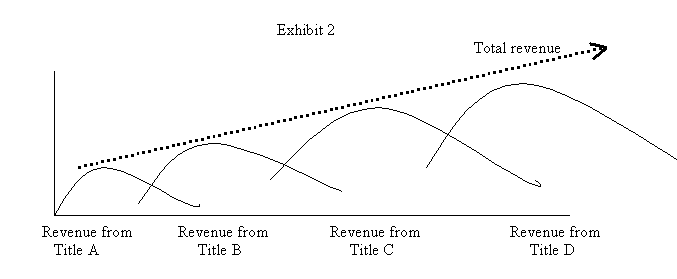
In addition, productive actions are strategic-planned activities leading to the attainment of a specific goal. Independent publishers do not prevail in their quest for reaching point C simply by publishing more books. Victory is attributed to publishing more of the right books, those sought by a book-buying public. In many cases, publishers perform marketing backwards. That is, they accept a manuscript, produce the book and then seek a market for it. Forward motion in the Area of Opportunity requires products that are market driven, not publisher driven. Perform research among different market segments to find out what your prospective customers want. Then give them what they want. Finally, productive actions are excellent. They are dominated by your understanding of the market, the potential opportunity and your limitations, seasoned by the knowledge that the publishing process unfolds at its own rate, regardless of your efforts to coerce it. Some publishers do not understand the nuances of balancing a product line and they introduce titles too quickly. They accelerate the publishing process in order to meet artificial deadlines and realize inadequate results-in topic, production and/or marketing. Act intelligently Intelligent action is based on the understanding that knowledge is different from wisdom. Knowledge is information, but intelligence is the prudent application of knowledge earned through experience. It is the good judgment that prevents mishaps from recurring, or enables you to act differently when they do. You apply intelligence when you learn from a mistake. As Ben Franklin said, "a cat once burned by jumping on a hot stove will never jump on a hot stove again... or a cold one." Evaluate your results to understand how your actions caused them. If the desired outcome occurred, repeat those actions under the same circumstances in the future. If your progress is not goal-directed, analyze it and take appropriate action to rectify the situation and return your motion toward point C. As a further caution, make sure you measure the right things. Some independent publishers use profit as their indicator of success. However, profits are like a thermometer in that they only serve as a measuring device, not a controlling apparatus. Profits tell you that you are doing something right or wrong, but they offer no insight into what that action is. For greater impact on your net income, review the actions that cause profits to increase or decrease and place your attention on correcting them. Intelligent action also depends on the result of continuing education, which is a never-ending process. Do not stop learning just because you have been graduated from school. Continue your education by registering for book-marketing seminars and PMA-University. Attend BEA and other publishing conventions to talk with the exhibitors and network with your colleagues. Read Publishers Weekly, Independent Publisher and other sources of information about the book business. Go online to bookpublishing.com or other informative sites for answers to your questions. Join PMA or SPAN and read their monthly newsletters. The publishing business is changing rapidly and you have to keep up with it to remain competitive. Act creatively Some people think that intelligent thinking is different from creative thinking. However, they are similar in the sense that creativity helps you discover and implement imaginative ways of applying your wisdom. Innovation is resourcefulness, the ability to look at a task and find new ways to perform it. It is a playful way of looking at ordinary events, stimulating your thinking and inventing new ways to accomplish results. Creative thinking is productive and fun. For example, how would you like to get a 100% response on your next direct-mail campaign? That is what Cessna Aircraft did in a setting where a 5% return is considered extraordinary. They performed this feat by delivering homing pigeons to 500 prospective customers. The recipients indicated their willingness to see a sales representative by choosing yes or no and then releasing the bird. Your creative idea may be a totally different way of accomplishing a result or it could be a new combination of existing ideas. You can invoke either strategy simply by asking a question starting with "What if...?" For instance, if you need to lower your unit cost on a print run, what if you printed 10,000 covers but only had 2000 books assembled? The lower printing price derived from the longer print run would drop your unit and inventory-carrying costs significantly. Look at other areas of marketing. What if you changed your distribution from the traditional distributor _ wholesaler _ bookstore network to a strategy of marketing directly to special niches? What if you lowered or raised your price? What if you increased your promotion budget? A business plan is not so much a document to be written as it is a controlling device to be used daily. Writing a plan is like laying track for a railroad-it establishes a solid foundation, provides a path to your destination and controls deviation. But the track does not propel you forward, nor does your plan. Your passion and productive action provide the fuel for the engine taking you on your journey in the Area of Opportunity. And, like the Little Engine That Could, stop along the way
to pick the roses. |
Check out these testimonials...
